The Sugar Glider is a small species of marsupial. These creatures are similar to flying squirrels in that they glide by using flaps of skin between their legs. However, these pocket-sized marsupials are not closely related to squirrels, or any rodent.
Surprisingly, these little mammals in the possum family have more exotic relatives. Researchers classify these mammals as marsupials. Because of this, their closest relatives are other possums, koalas, kangaroos, wombats, and other marsupials. Read on to learn about the Sugar Glider.
Description of the Sugar Glider
Wild Sugar Gliders have brownish-grey fur, large eyes, long tails, and a large flap of skin between their legs. Their fur is darker around their eyes, ears, legs, and in a stripe down their backs. Their underbellies and chests are white or cream in color.
As possum species go, Sugars are relatively small. They measure between 9 and 12 inches long, and weigh around 4 or 5 ounces. Males of this species are usually larger than females.
Interesting Facts About the Sugar Glider
These cute little marsupials live as pets in many households across the globe. What makes them so interesting? Learn more about what makes Sugar Gliders unique below.
- What’s in a Name – While the “glider” part of their name might be understandable by now, what about the “sugar?” The name comes from their dietary preferences. Sugars like to eat sugary foods, and nectar in particular is a favorite.
- A Whale of a Tail – The Sugar has an incredibly long tail. In fact, its tail is usually as long as its entire body – measuring about six inches long, while its body measures five or six inches!
- Rudder – That long tail comes in handy when you’re gliding through the air. These critters use their tails to steer when gliding from tree to tree, so they can land in just the right spot.
- Sugar Glider Breeding – As pets, these little mammals come in a variety of colors. Breeders have developed them in albino, cream, white, silver, mahogany, and more.
Habitat of the Sugar Glider
This species relies on forested areas where they can forage for food and glide from tree to tree. Their habitats also must have dense vegetation to protect them from predators. Some of the different habitats that they occupy include eucalyptus forests, woodlands, rainforests, plantations, scrub forests, and more.
Distribution of the Sugar Glider
In their native range, Sugar Gliders inhabit northeast and eastern Australia. They live relatively close to the coastline throughout Australia. You can find them in the Northern Territory, Queensland, New South Wales, and Victoria.
These marsupials also live in New Guinea, and some of the surrounding islands. You can also find Sugars as pets in households worldwide, though in some places it is illegal to own one as a pet.
Diet of the Sugar Glider
Despite their name, this species doesn’t only eat sugary foods, though it does have quite the sweet tooth. Sugar Gliders are omnivores, which means that they eat both plant and animal matter. Their diet varies based on the season and what foods are available.
During the spring and summer, this species feeds mostly on invertebrates. Some common prey items include spiders, beetles, insect larvae, moths, and more. As fall arrives their diet shifts to plant-based foods, like tree sap, pollen, honeydew, and more.
Sugar Glider and Human Interaction
Thankfully, human activity has not heavily impacted Sugar Glider populations. Even though habitat destruction poses a problem, their numbers are high and their populations are healthy. The IUCN lists Sugar Gliders as Least Concern. Sadly, some of their close cousins that live in the same regions do not fare as well.
Domestication
Though humans keep these marsupials as pets, we have not domesticated them in any way.
Does the Sugar Glider Make a Good Pet
Sugar Gliders can make good pets, but you should always do your research before adding any pet to the family. Even though they are small, Sugars need plenty of room to climb and explore. Though they are about the same size and a hamster, their needs are relatively intensive.
Sugar Glider Care
As pets, these creatures need lots of climbing space, so large enclosures are a must. They are social creatures, so you should not keep one alone unless you plan on interacting with your pet multiple times per day. You must also feed them a special diet to ensure they receive enough calcium and other vitamins and minerals.
Behavior of the Sugar Glider
This species is nocturnal, and most active at night. Though they spend their days sleeping, they are incredibly agile and active overnight. They live in groups, and each group protects a small territory from other groups. They use saliva, urine, and gland secretions to mark their territories.
Reproduction of the Sugar Glider
As marsupials, Sugar Gliders have short gestation periods and carry their underdeveloped offspring in a pouch after birth. After approximately two weeks, females give birth to a pair of young, known as “joeys.” The joeys climb to the pouch and stay there until they are about two months old. At around three months old they become independent.


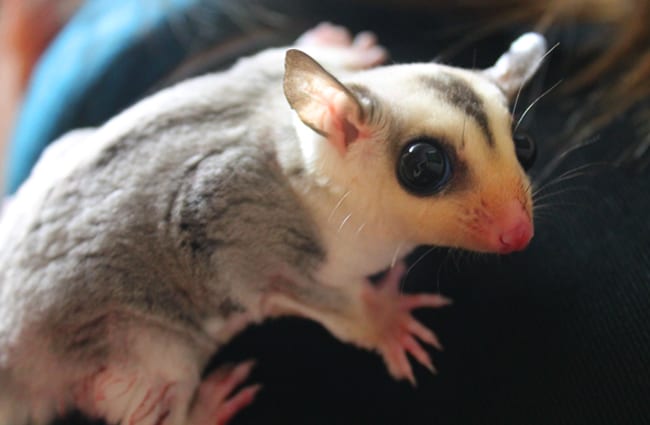

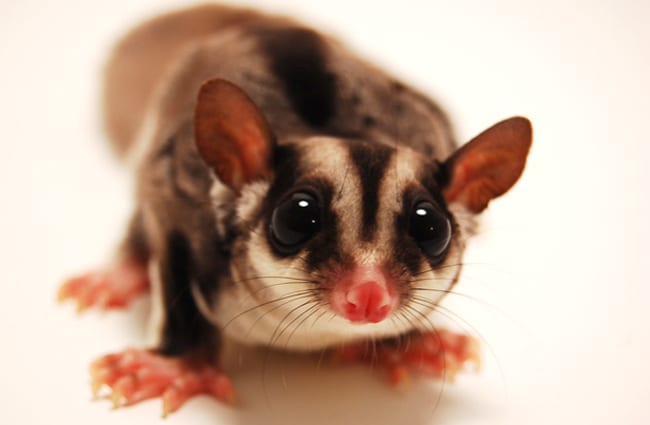
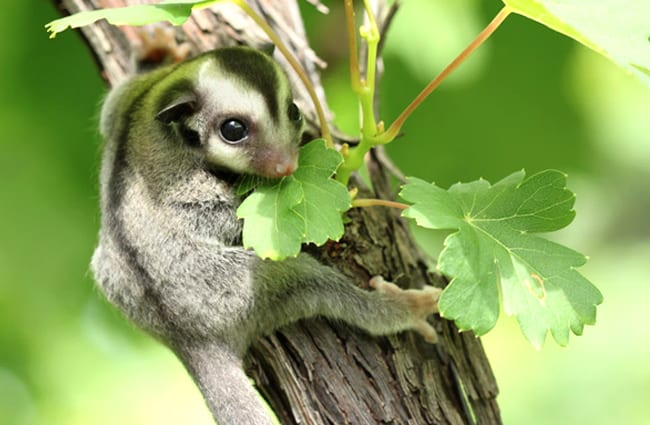
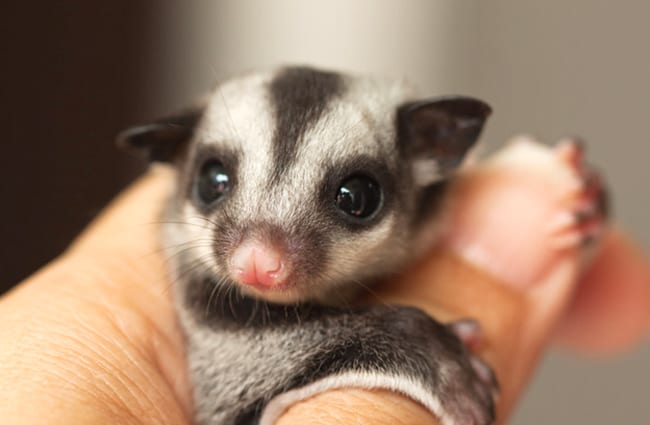
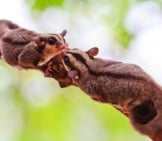
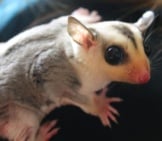
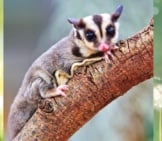

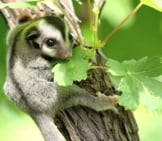
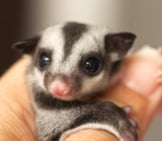
![Red Angus Closeup of a beautiful Red Angus cowPhoto by: U.S. Department of Agriculture [pubic domain]https://creativecommons.org/licenses/by/2.0/](https://animals.net/wp-content/uploads/2020/03/Red-Angus-4-238x178.jpg)












![Red Angus Closeup of a beautiful Red Angus cowPhoto by: U.S. Department of Agriculture [pubic domain]https://creativecommons.org/licenses/by/2.0/](https://animals.net/wp-content/uploads/2020/03/Red-Angus-4-100x75.jpg)

